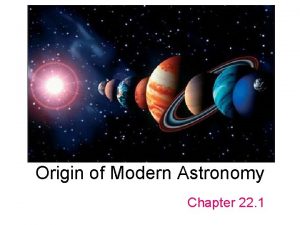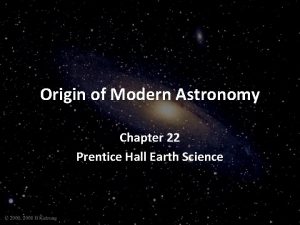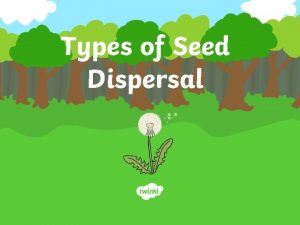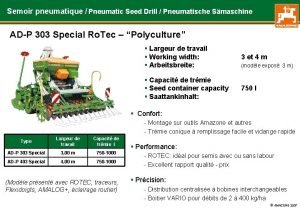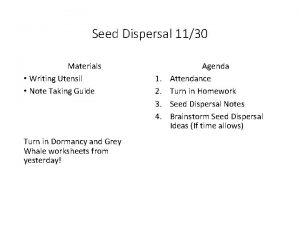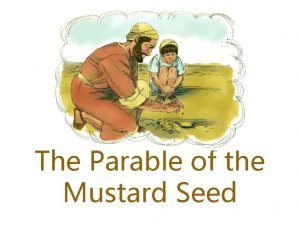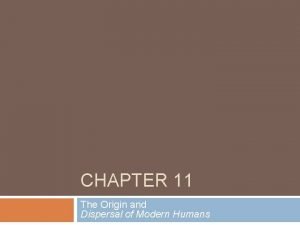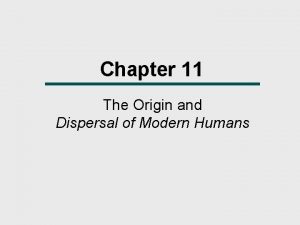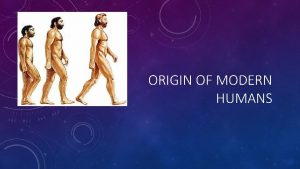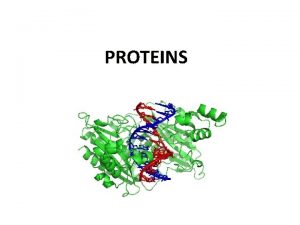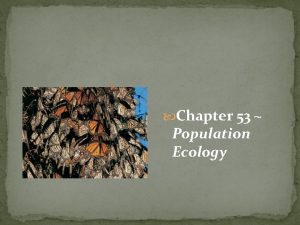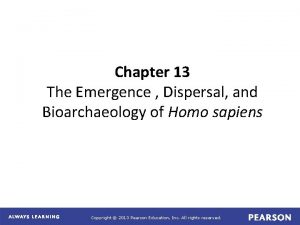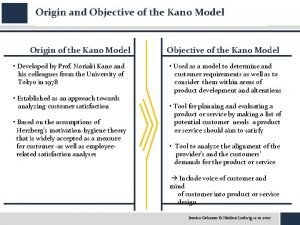Chapter 14 The Origin and Dispersal of Modern




















- Slides: 20

Chapter 14 The Origin and Dispersal of Modern Humans

Homo sapiens § § § All contemporary populations- Homo sapiens. Several fossil forms (100 k. y. a. ) = same subspecies. African recent H. sapiens fossils -“nearmodern. ”

Questions About the Origin and Dispersal of H. sapiens § § When did H. sapiens first appear? Where did the transition take place? § In one region or several? What was the pace of evolutionary change? § How fast did the transition occur? How did the dispersal of H. sapiens to other areas of the Old World take place?

Theories of Human Origins § § § Complete Replacement Model Regional Continuity Model Partial Replacement Model

Complete Replacement Model (Recent African Evolution) § § By Christopher Stringer and Peter Andrews. Africa origin in the last 200, 000 years. They migrated from Africa, completely replacing populations in Europe and Asia. Transition from archaic H. sapiens to modern H. sapiens anywhere except Africa?

Partial Replacement Model § § § By Günter Bräuer of the University of Hamburg. Earliest dates for African modern Homo sapiens at over 100, 000 y. a. Initial dispersal from S. Africa- environmental conditions. Hybridization in Eurasia- eventual replacement. The disappearance of archaic humans.

Regional Continuity Model (Multiregional Evolution) § § By Milford Wolpoff, University of Michigan. Populations in Europe, Asia, and Africa continued evolutionary development from archaic H. sapiens to anatomically modern humans.

The Regional Continuity Model (Multiregional Evolution) § § Question: How did modern humans evolve in different continents and end up so physically and genetically similar? Explanation: § Due to gene flow between archaic populations, modern humans are not a separate species. § Earlier modern H. sapiens did not originate exclusively in Africa.

Early Homo sapiens Discoveries From Africa and the Near East Dates (y. a. ) Human Remains Qafzeh (Israel) 110, 000 20 individuals (minimum) Large sample; variability in expression of modern traits Skhu-l (Israel) 115, 000 10 individuals (minimum) Earliest evidence of modern H. sapiens outside of Africa Site Comments

Early Homo sapiens Discoveries From Africa and the Near East Site Omo-Kibish (Ethiopia) Dates (y. a. ) Human Remains Comments Cranium and Second individual 120, 000– postcranial shows fewer 80, 000? remains modern traits Klasies River Several Mouth 120, 000? individuals; (South fragmentary Africa) Perhaps earliest modern H. sapiens in Africa

Early Modern Homo sapiens Discoveries - Europe, Asia, Australia Site Abrigo do Lagar Dates (y. a. ) Human Remains 24, 500 4 y. o. child’s skeleton Velho (Portugal) Cro. Magnon (France) 30, 000 8 individuals Comments Shows mixture of traits Interpreted as evidence of hybridization Famous site of early modern H. sapiens; variability in expression of modern traits

Early Modern Homo sapiens Discoveries - Europe, Asia, Australia Site Dates (y. a. ) Human Remains Ordos (Mongolia, 50, 000 1 individual China) Kow More than 40 14, 000 Swamp individuals 9, 000 (Australia) (all ages) Comments Perhaps earliest evidence of H. sapiens in Asia Very robust individuals Lake 3 individuals, Date is controversial; Mungo 60, 000 one recent extraction and (Australia) 30, 000 cremation analysis of DNA

The New World § § Bering Land Bridge over many millennia. New World hominids date to about 12, 000 y. a.

Anatomically modern Homo sapiens and Homo floresiensis

The Upper Paleolithic § § Western Europe- approximately 40, 000 years ago. Industries based on tool technologies: 1. Chatelperronian 2. Aurignacian 3. Gravettian 4. Solutrean 5. Magdalenian

Upper Paleolithic Tools § § (a) Burin. A very common Upper Paleolithic tool. (b) Solutrean blade. This is the best-known work of the Solutrean tradition. § Solutrean stonework is considered the most highly developed of any Upper Paleolithic industry.

Cultural Periods of the European Upper Paleolithic (beginnings) Cultural Periods 17, 000 21, 000 27, 000 40, 000 Magdalenian Solutrean Gravettian Aurignacian Chatelperronian Middle Paleolithic Mousterian

Cave Art § § Most from southwestern France and northern Spain. Grotte Chauvet § Aurignacian period more than 30, 000 y. a. § Images: stylized dots, human handprints and animal representations. § Dozens of footprints on the cave floor produced by bears and humans.

Africa § § § Rock art-in southern Africa (between 28, 000 and 19, 000 y. a. ) Personal adornment- 38, 000 y. a. , beads made from ostrich shells. Remarkable bone craftmanship- in the Katanda area. § Intricate bone tools resembling harpoons were made from the ribs of large mammals.

Human Evolution § § § Overview of past evolution What may human evolution lead to? http: //www. msnbc. msn. com/id/7348103/fr om/ET/
 Chapter 22 origin of modern astronomy answer key
Chapter 22 origin of modern astronomy answer key Origin of modern astronomy chapter 22
Origin of modern astronomy chapter 22 Drop and roll seed dispersal examples
Drop and roll seed dispersal examples Aeromicroflora
Aeromicroflora Water lily seed dispersal
Water lily seed dispersal Acorn seed dispersal
Acorn seed dispersal Seed dispersal by animals worksheet
Seed dispersal by animals worksheet Dispersal definition
Dispersal definition Acorn seed dispersal method
Acorn seed dispersal method Cherry dispersal
Cherry dispersal Linguistic diversity definition ap human geography
Linguistic diversity definition ap human geography Mr stepek
Mr stepek Pollination fertilisation seed dispersal germination
Pollination fertilisation seed dispersal germination How does seed dispersal happen
How does seed dispersal happen Dispersal by animals
Dispersal by animals Agent of dispersal
Agent of dispersal Dispersal by animals
Dispersal by animals Banana seed dispersal
Banana seed dispersal Seed
Seed Radiological dispersal device
Radiological dispersal device Ovary
Ovary
